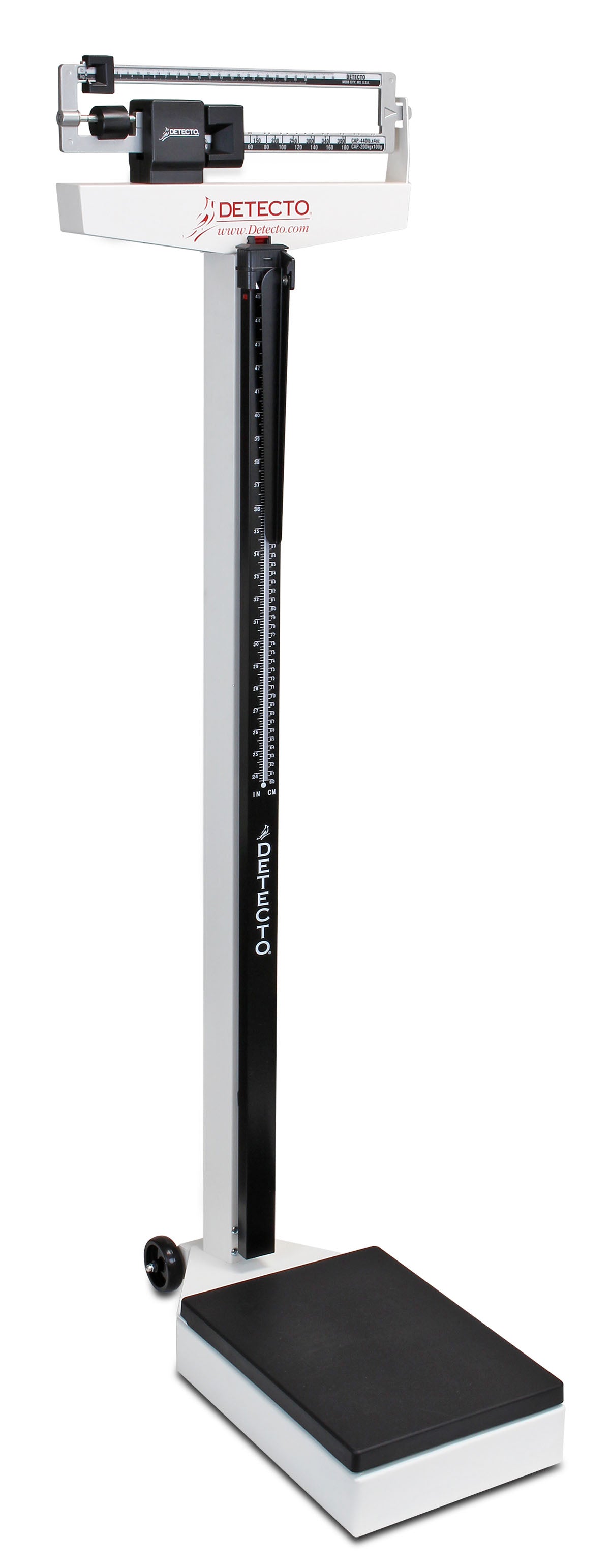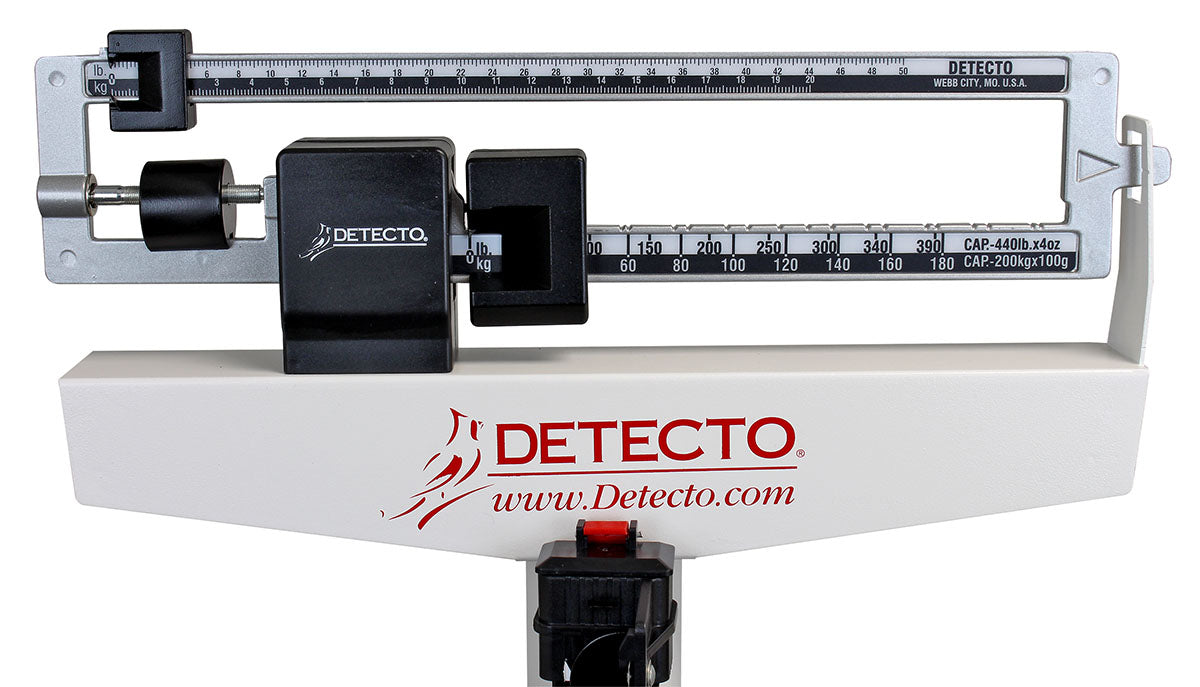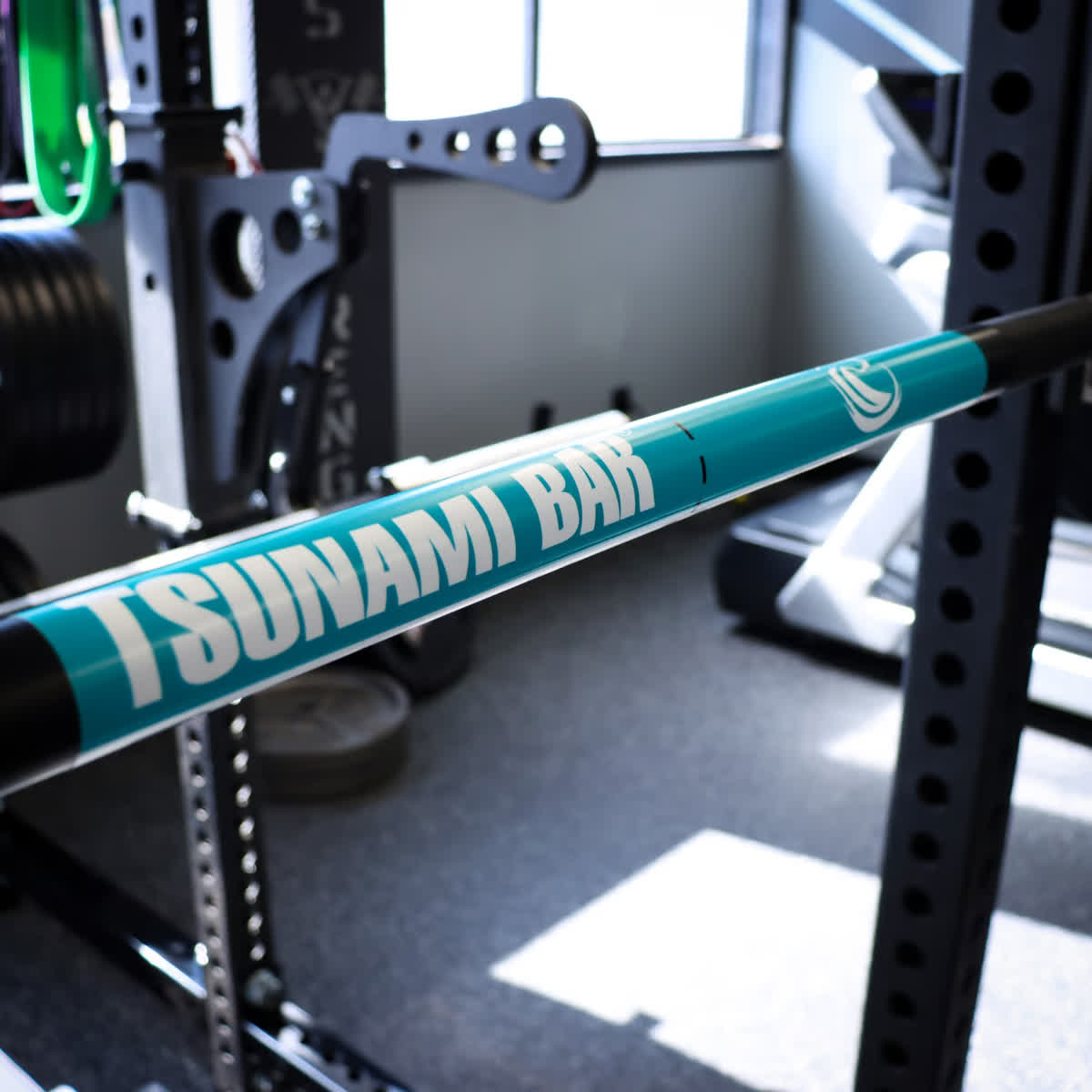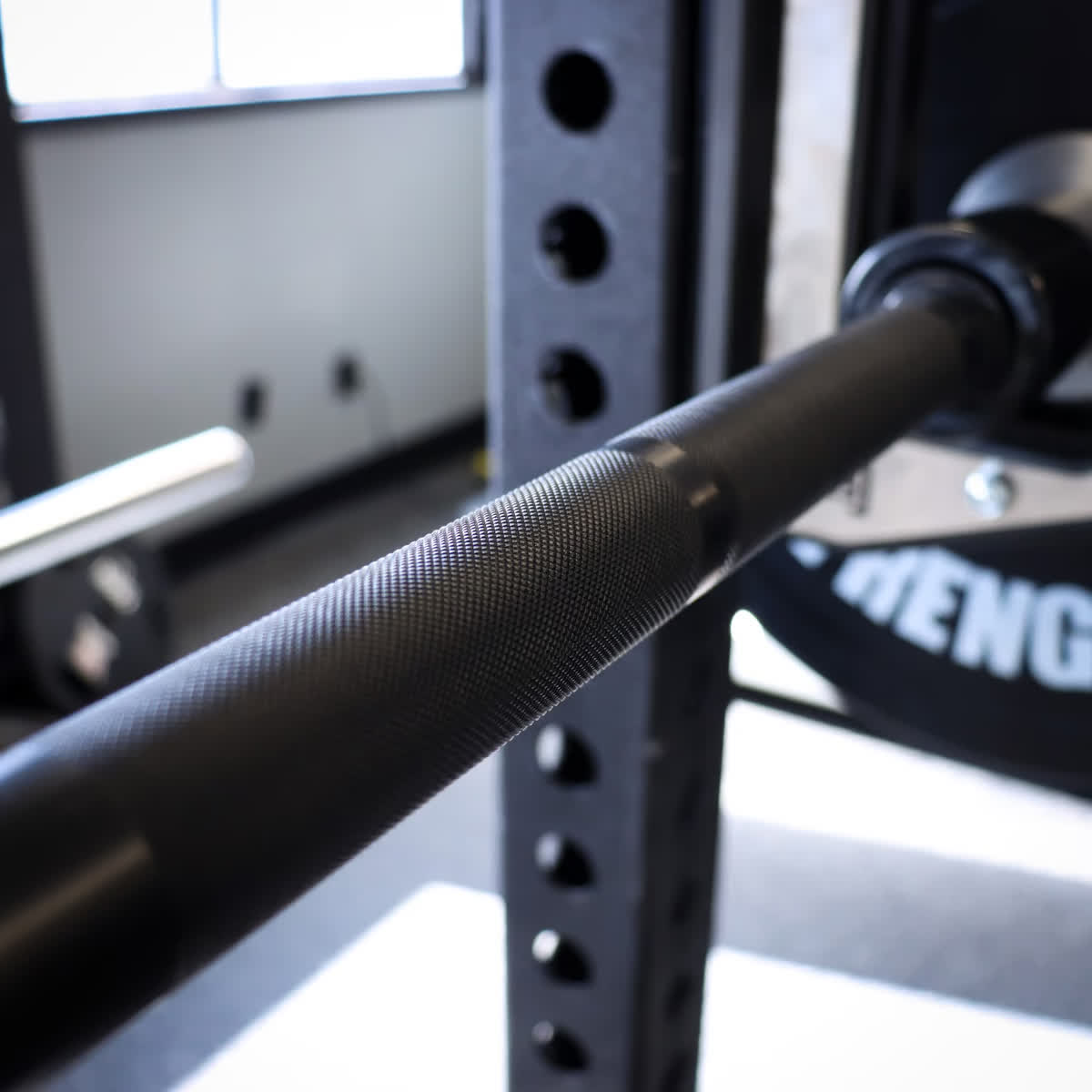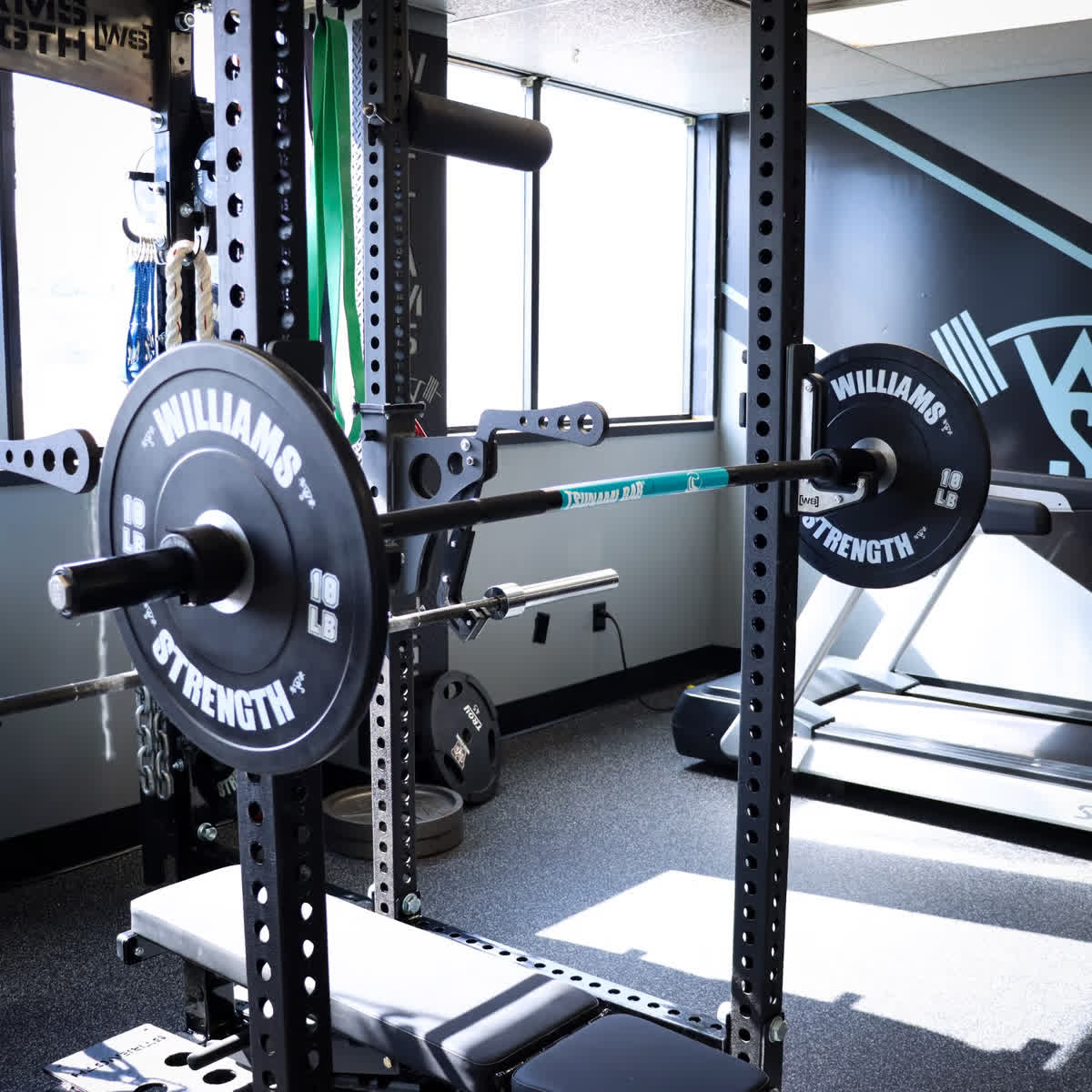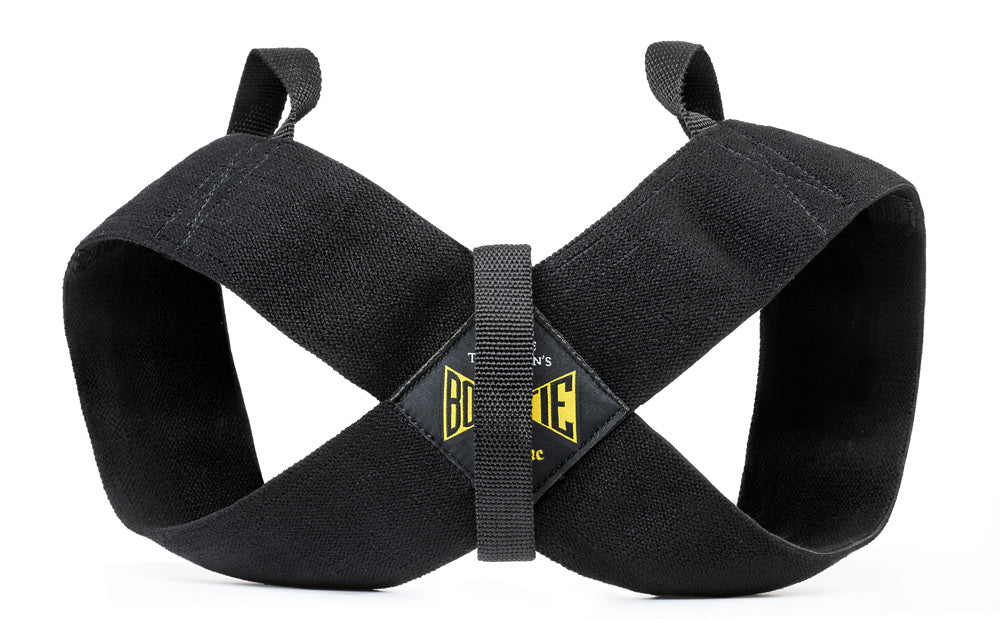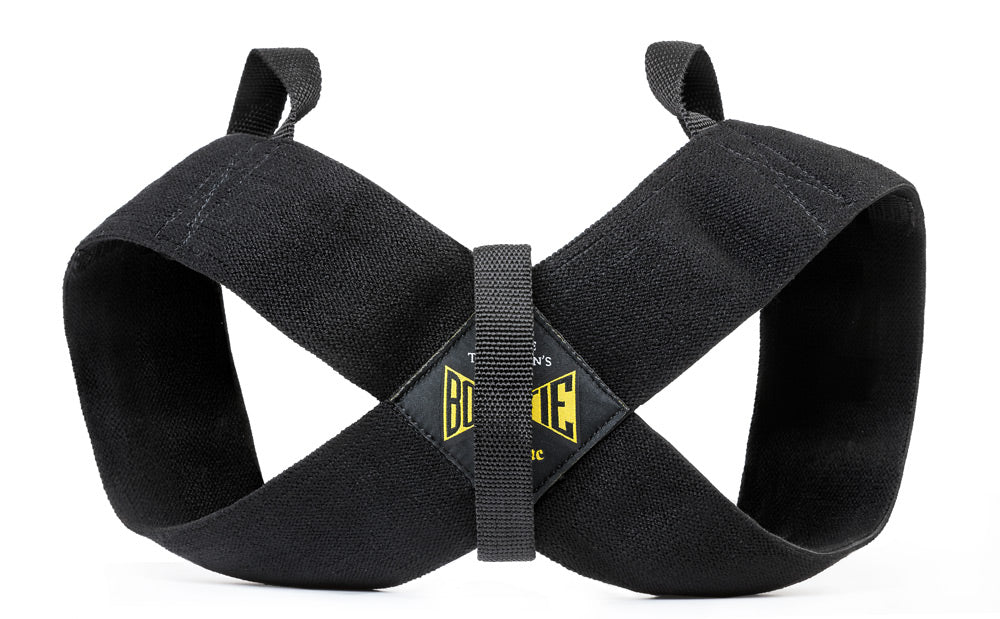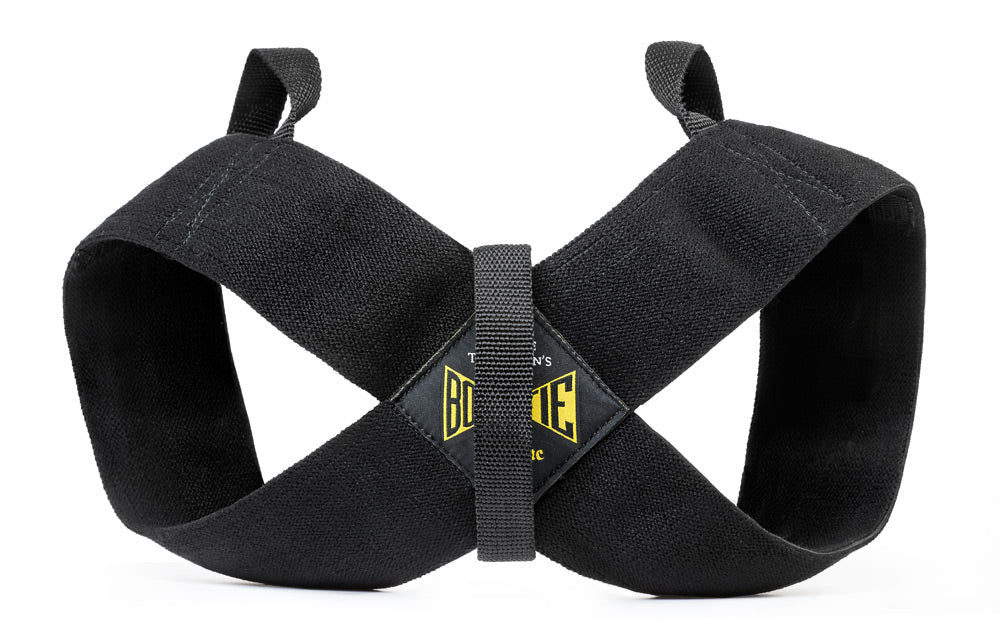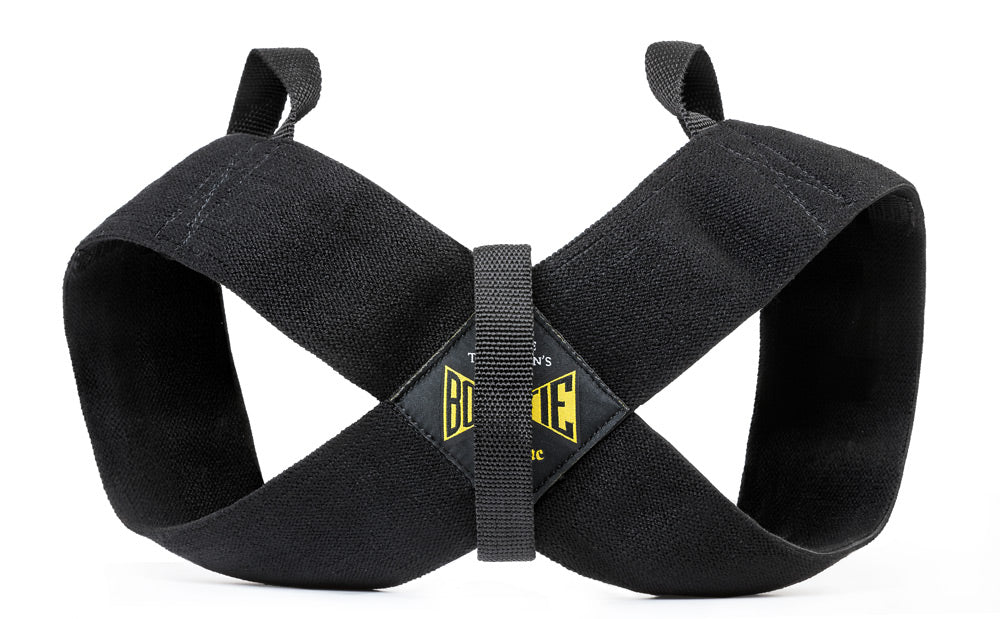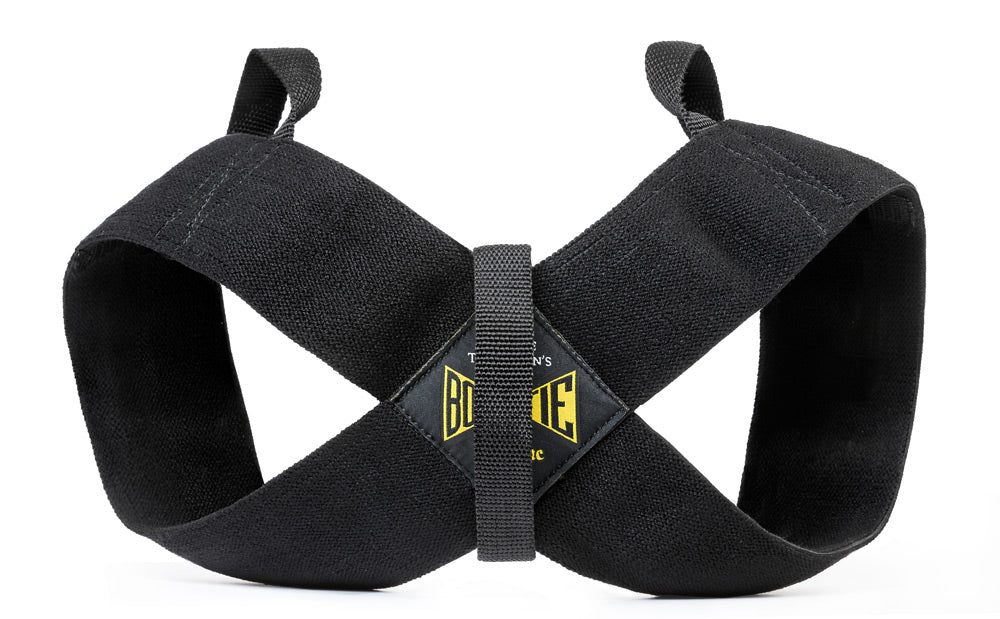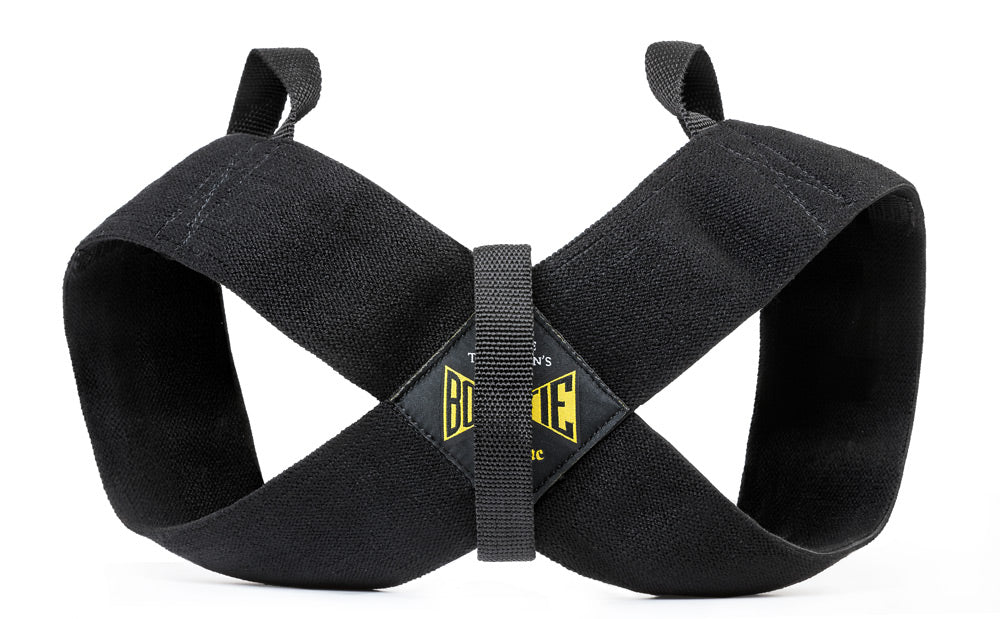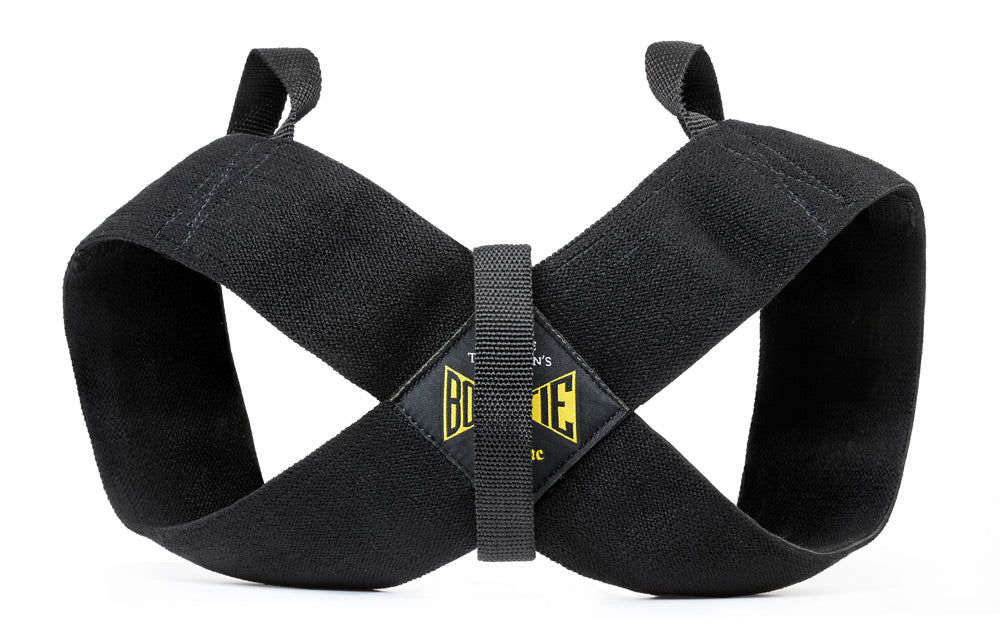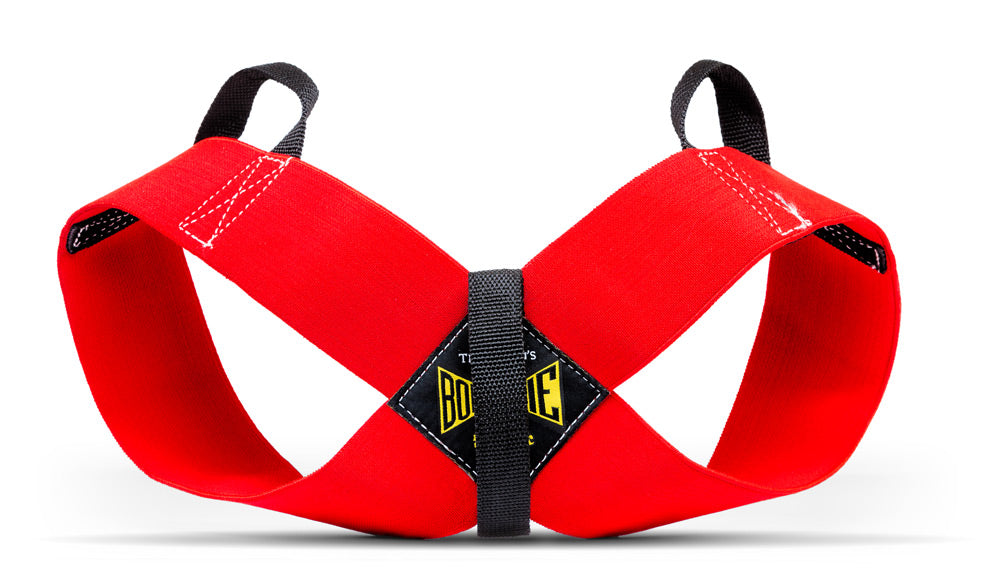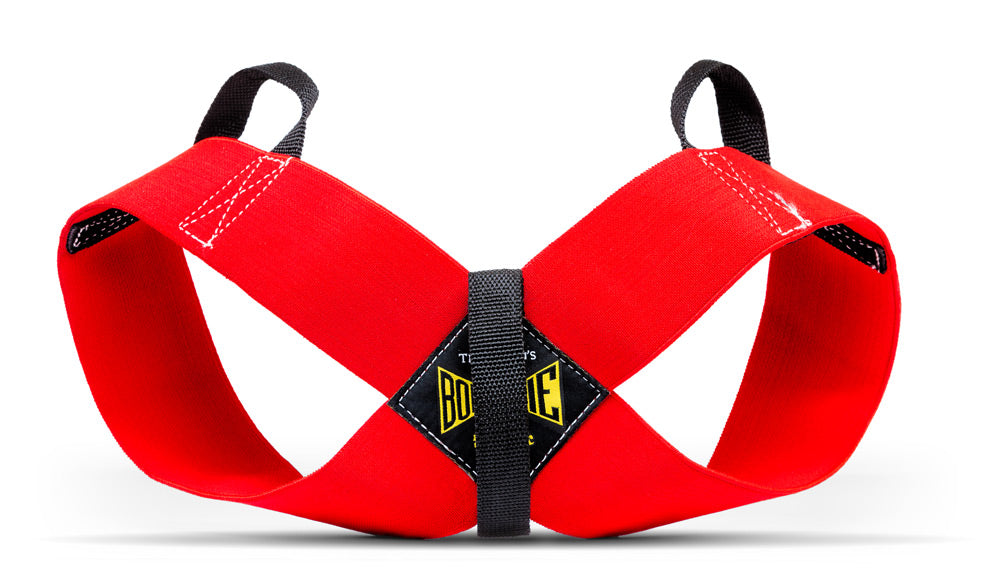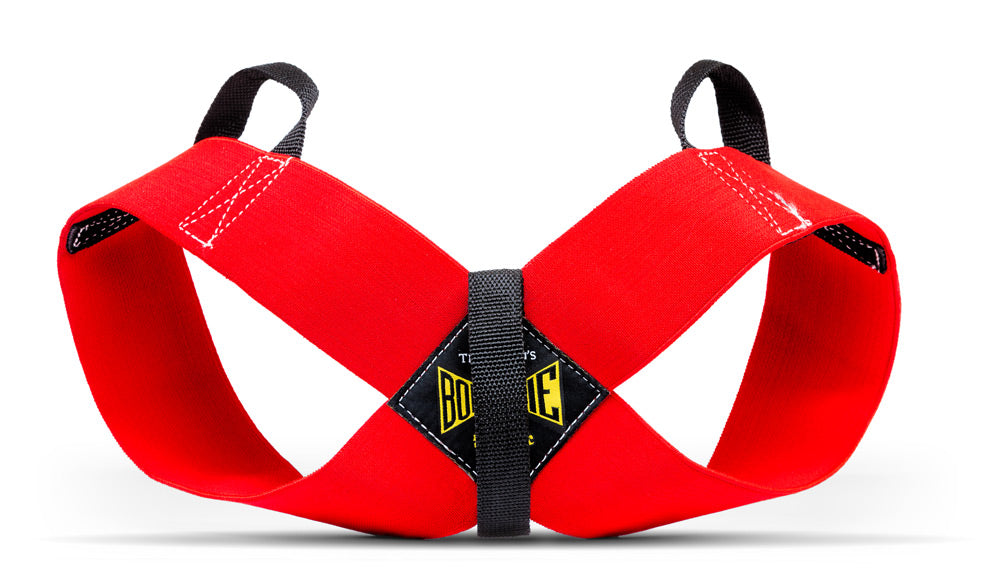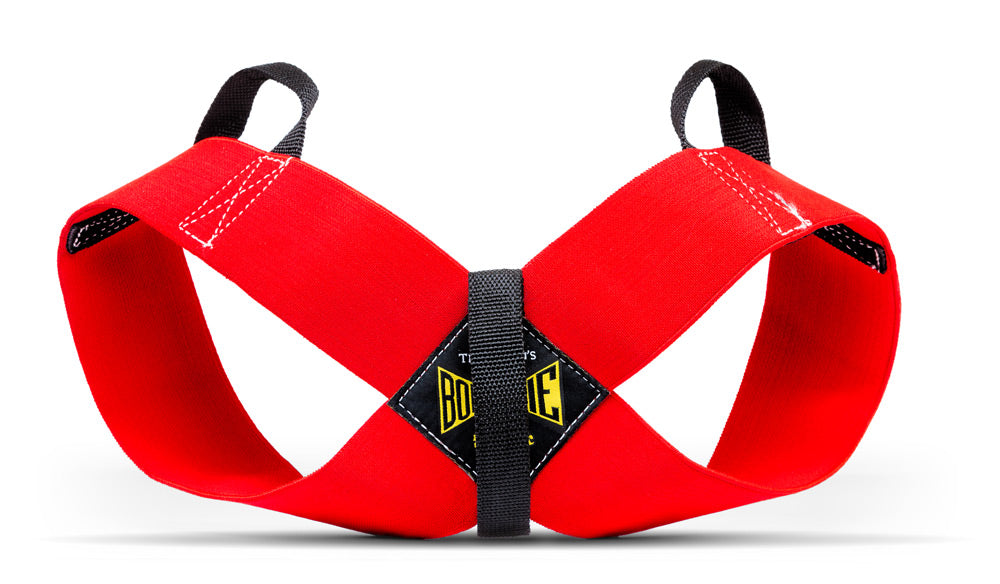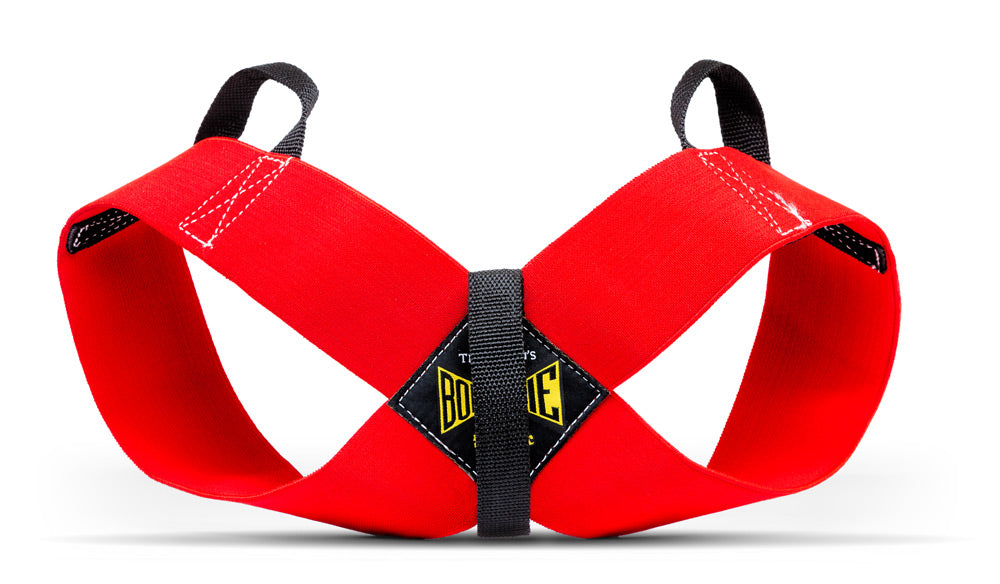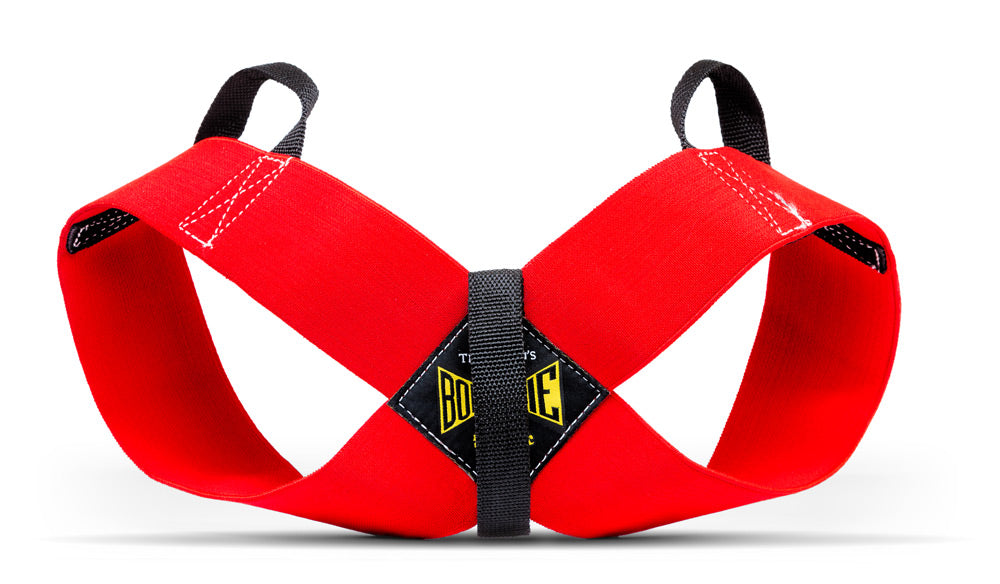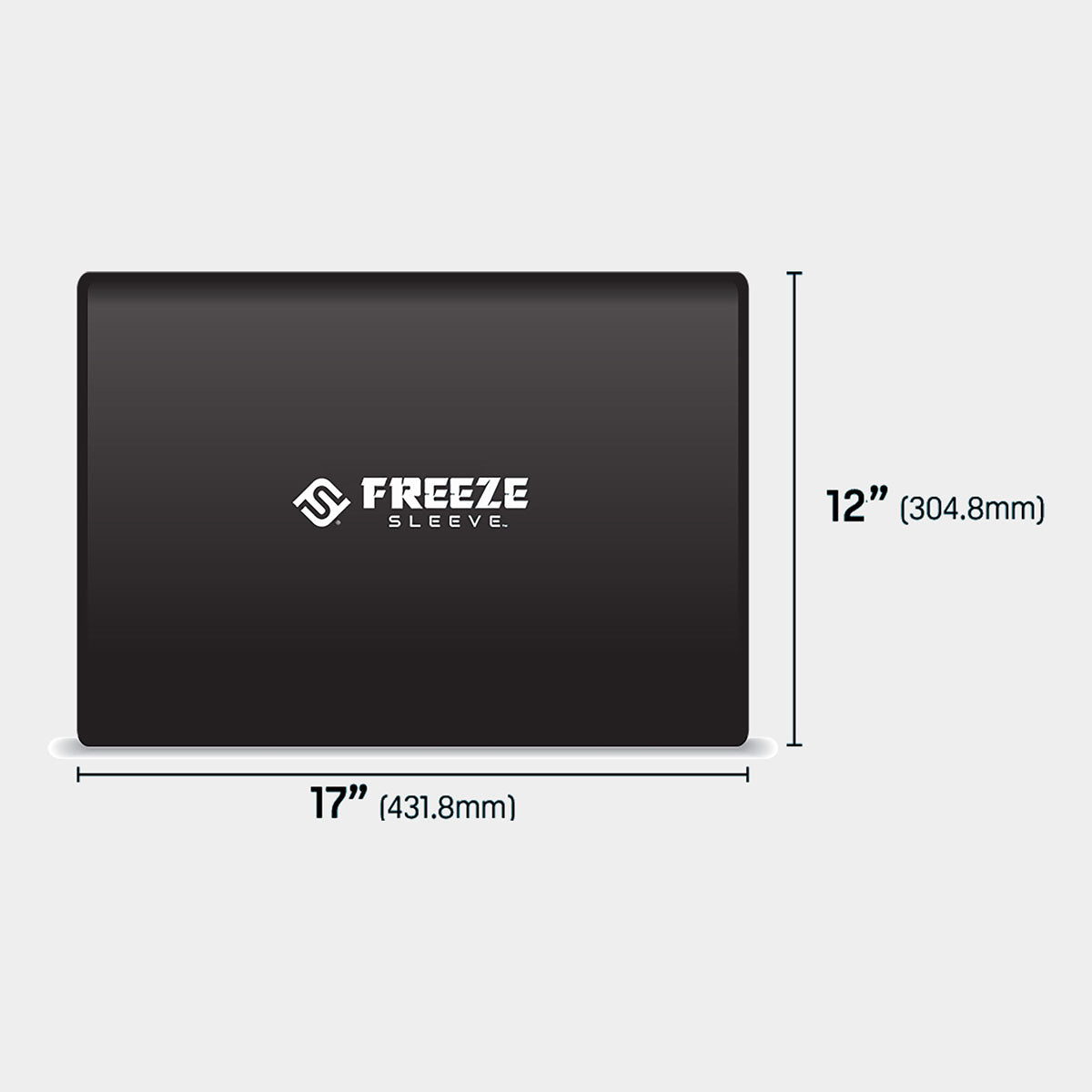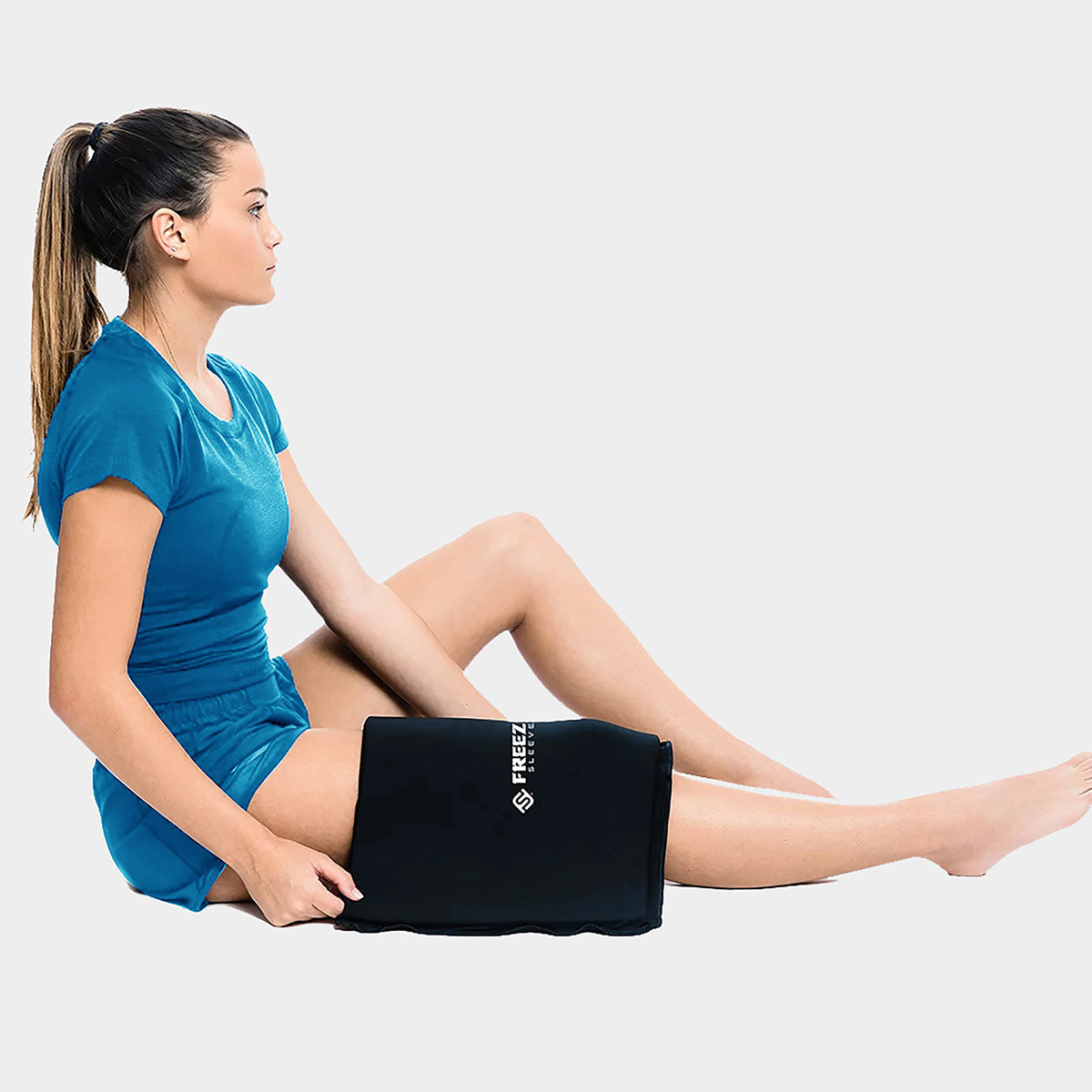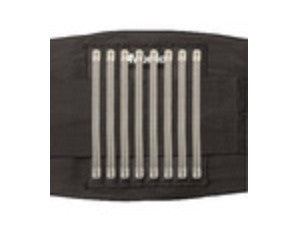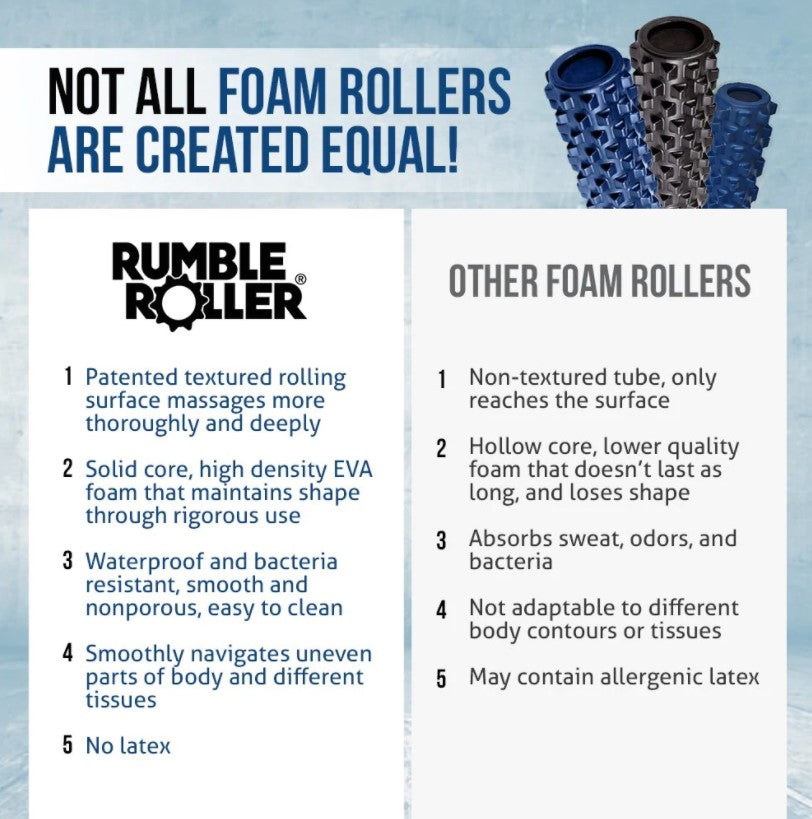
What do powerlifters, youth athletes, Olympic lifters, bodybuilders, and general fitness/private training clients have in common? A lot more than you’d think, the biggest being that no one wants to have to take time off training. I’ve always craved to close the gap between training and rehab, but after the last two years between pretty significant injuries compounded by some serious health issues, more than ever, my entire “why” has become more solidified: to empower, equip, and educate so that you can train for as long as you want to.
RECENT: Structuring a Rehabilitation Plan
In 2018, I fractured and tore cartilage in my wrist, which prevented my grip and decreased my range of motion. It didn’t heal correctly. Shortly after that, I had a substantial adductor tendon tear with some weird complications that also didn’t heal correctly. When I’d finally gotten back to training somewhat regularly, I had a number of successive seizures and central nervous system–related issues that left me spending the first half of 2019 unable to walk or care for myself from day to day. I eventually learned that there was a change in my body’s connective tissue, which explained why my injuries never quite healed the way they needed to despite my doing everything “right.” I never, ever want to go that long without training ever again: it brought me to a dark place mentally that I know others can resonate with. It’s made me obsessed with longevity and continuity, and it has set me on absolute fire to do everything I can for my people so that they can keep training and avoid the sense of loss that happens when they can’t. It’s made me more observant, and ultimately, I’ve noticed that when it comes to a pre- or post-injury that actually does make an athlete have to back off, there are a lot of common threads that need to be handled differently. Four months ago, I opened up my own clinic inside a gym that has, literally, every training population you can imagine. The powerlifting team trains totally differently from the youth sport performance team, and the bodybuilding crew is as focused as the Olympic lifting team is but with drastically different goals. Bridging these populations, I see the same mistakes made over and over, and these mistakes are absolutely huge when it comes to being able to keep training progressively. These pitfalls are EASILY avoidable and will play a huge part in letting you train effectively year-round.
Top 6 Mistakes Powerlifters Make Health-Wise
1. Waiting too long to be seen by a PT or medical professional When someone comes to see me, I realized that they are approaching the entire situation with the mindset of somehow having been beaten by their pain, or like they’re giving up and seeing me is the last resort. That mindset is 100% your choice, and it is detrimental: seeking help and taking time off training have almost zero correlation. The sooner you get seen by someone who understands your training goals as well as the physiology and biomechanics involved, the sooner you can know that you’re on your way not only to improving the situation but also to preventing things from getting worse. The alternative is to refuse to seek help and to adapt just enough to keep training, with some negative consequences in performance that may ultimately lead to your needing to take time off anyway. You can take advantage of people with knowledge who want to help you; they may have one to two tricks that actually help you a ton. Otherwise, you can continue to dig yourself into a hole. 2. Not actually following up with the PT One of my clients is a nutritionist, and she brought up the analogy that one healthy meal isn’t enough to create true change. We all “know” that change takes consistency and time, but for some reason, people become so desperate to hang onto training and to not being “beat” by pain that they think of a million reasons not to follow up. They don’t have time. They can’t afford it. They don’t like doing it. They disagree with the clinician. I don’t mean to be harsh, but ultimately, if it’s a priority to you, you will find a way to make it work, or you’ll clarify whatever barrier is holding you back. If you don’t agree with something your clinician has said, or if you have questions, ask. This doesn’t mean you need 18 PT sessions… but it does mean that if you see someone one time, you can’t assume that he or she gave you “everything” you needed to get through your training. That person gave you the first step, and assuming that the first step will take care of all of the problems is like saying that an occasional oil change is all your car needs to keep running well despite the check engine light being on. The mechanic tells you that you need something repaired, and you elect not to do it. Instead, you decide to just get the oil changed. You can’t blame the mechanic when the car doesn’t start. You made the decision regarding what to fix and what to ignore. 3. Relying on Band-Aids Joe Sullivan and Casey Williams might be the smartest lifters when it comes to recovery and management. That’s because they don’t simply rely on soft tissue work in the form of Graston, dry needling, and massage to get rid of their aches and pains. Here’s the thing: The soft tissue work will make you feel better, but it doesn’t address the reason why something is tight or overactive to begin with. The more Band-Aids you apply, the more likely you are to have other issues pop up elsewhere, and eventually, you’ll have less wiggle room or areas to borrow good movement from. Use whatever you have access to in order to help, but ultimately, you’ll still need to address why you’re taking extra stress there to begin with.4. Being unintentional and passive with accessory work There’s a reason why the athletes who stay around the longest also progress the most, and it’s largely because they’ve built up armors over time by being intentional with all parts of their training and tracking it. Joe Bennett talks about how incline pressing and getting one extra rep in from week to week have a long-term cumulative effect, and any hypertrophy- or stability-based movement will have similar effects. I’m always thrilled when people show me their programming and I see a lot of unilateral work involved, but simply doing it isn’t enough: If you’re split squatting with the same weights and reps as you were a year ago, you’re being lazy in your progressive tissue management. Old-school bodybuilders, like Dorian Yates, will stand by this concept vehemently: You create zero change by doing the exact same thing today as you will do six months or a year from now. If you’re utilizing hypertrophy-based movements for a purpose that contributes to your main pattern (which you should be), you need to both a) execute the movement with the desired intent and b) monitor yourself and progress, even if it’s just one more rep from week to week. 5. Pushing through the pain because they don’t want to miss a week of progression I know that I just mentioned the importance of pushing your accessories with intent, but if you feel a tweak mid-session and your gut says, “Man, I don’t know about this, but I don’t want to miss one training session,” you need to adapt. My husband and I are currently 14 weeks out from our first bodybuilding show, and just this past weekend, he felt a hamstring tweak on his top set of paused RDLs, which he has been progressing with (and absolutely destroying) every week. We talked through his options. It came down to the fact that he needs to stay healthy for the next 14 weeks, and irritating an area further might cost him 2-3 weeks of heavy, hard, solid work. So, what did he do instead? He stripped the weight down to something that he knew he could manage for what would still be high-effort sets, moved on, and crushed his accessory work to stabilize the area. He’ll still be able to train every other movement hard this week (as opposed to having to modify his second lower-body day), and he’ll likely be right back on track next week. If something is not feeling right and you know it, one bad rep is all it takes to really knock you out. This isn’t an excuse to sandbag the session, as training hard is still your way out. But making intelligent decisions to support long-term goals is a sign of maturity that most athletes need to develop. 6. Listening to and applying every Internet trick out there, thinking that it replaces a PT I have a love-hate relationship with social media because it certainly opens the door for some awesome information and simultaneously a lot of misinformation. More and more coaches are presenting movements that PTs have been doing for decades as some sort of new, amazing exercise to help with the pain. They think it’s neat because it’s their first exposure to it, and although I can appreciate the enthusiasm, it ignores the factors that make it appropriate or inappropriate for people. Almost every time a coach tries to present a little “trick,” it blows my mind as someone who has pursued extensive, unending education to take the best care of people that I can. There are more factors at play with regard to biomechanics, regional interdependence, pain science, and whole-body physiology than most coaches have the time to really explore. Is there some great information? Absolutely. But that doesn’t mean it applies to you and your specific issues. Don’t let a coach who has credible programming bleed into credible rehab for you. I hate to say that following Insta-famous lifters for rehab advice is a copout because it isn’t (again, there can be some really incredible gems), but their experience is not the same as actually working with a professional who takes more into consideration. Let’s say that someone has back pain with movements that require flexion, and he sees a video of Coach Ricky Bobby doing a 90/90 hip lift followed by some diaphragmatic breathing and a child’s pose. You might say, “Well, this is making me feel worse, but this coach is credible, so I just need to keep doing it,” rather than accepting that just maybe you need something different to start. I’m not putting the responsibility on the coaches—I’m putting it on you. More and more states have PTs who “get” lifting these days, and if you don’t have access to one locally, there are plenty who do remote work as well. I don’t want to sound harsh, but the biggest mistakes that I see people make often come down to mindset and personal choices. I care so much about my own training that if someone told me how to avoid having to take time off, I’d do whatever it took to do it. Ultimately, most of these solutions require that you’re honest with yourself and that you start doing the things you know you “should” do. It means seeing value in things like one-on-one care, rather than trying to take the cheapest way out. It means spending 10 minutes a day on foundational movements that you know you’re bad at, rather than an hour of soft-tissue work once a week. If there’s one thing the last chapter has taught me as an athlete and a PT, it’s that the small things add up, and that falls 100% on you. You can make excuses and have reasons, or you can make choices that support longevity and progress.A post shared by Dani LaMartina (Overcash) (@danilamartinadpt) onView this post on Instagram


























